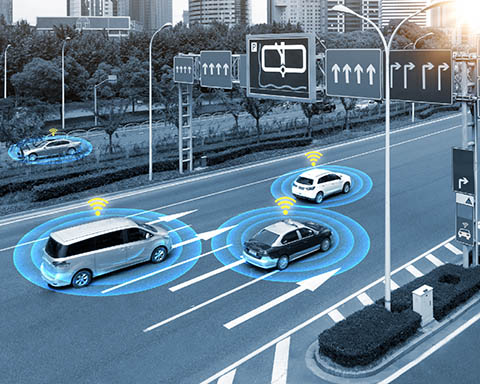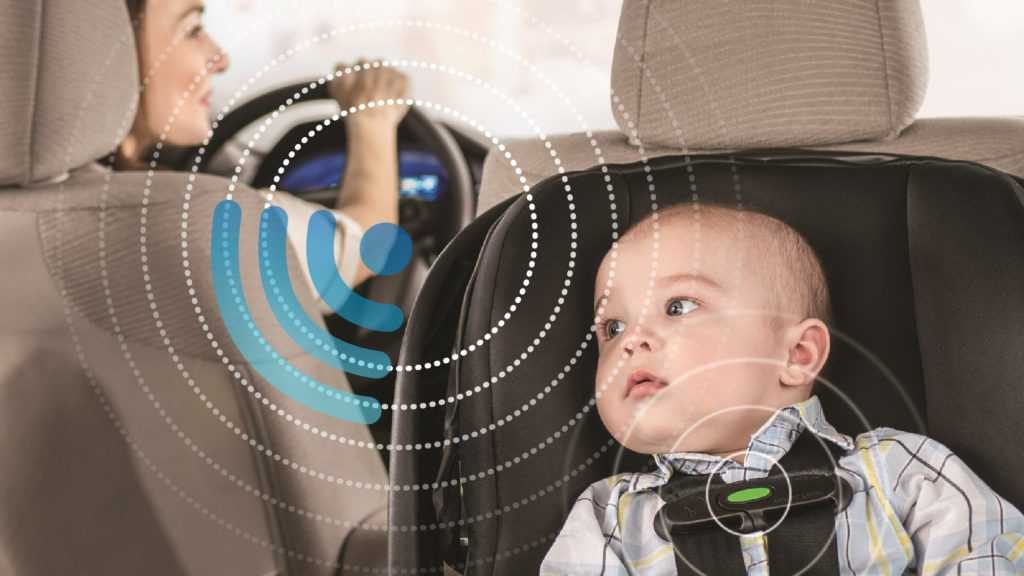
Automotive Millimeter Wave Radar Verification Test
Millimeter wave (mmWave) radar refers to radar of the wavelengths of 1~10 mm and frequencies of 30~300 GHz. Due to excellent penetration under harsh weather conditions (such as heavy fog or heavy rain), millimeter wave radar has been widely used in the Internet of Vehicles and advanced driver assistance systems (ADAS) to detect objects that are difficult to capture through lenses under the influence of distance or environmental factors. This radar plays a crucial role in helping drivers maintaining safe distances, and is thus a compulsory item.
What is automotive millimeter wave radar?
Currently, the frequencies of the millimeter wave radar for vehicles are divided into three segments: 24 GHz , 77 GHz 79 GHz. 24-GHz millimeter wave radar is also called short-wave radar, which senses from 0.15 meters to about 30 meters, and is mainly used as a Parking Assist. 77 GHz senses from 1 meter to about 100 meters and is mainly used for Blind Spot Detection. The 79-GHz sensing range is up to 250 meters. Therefore, it is used in Adaptive Cruise Control and the Forward Collision Warning System to provide the driver with sufficient response time for braking or dodging.
Radar specifications
| Category | Short range radar | Mid range radar | Long range radar |
| Frequency | 24GHz,79GHz | 24GHz,77GHz,79GHz | 77GHz,79GHz |
| Distance | 0.15-30m | 1-100m | 10-250m |
| Distance resolution | 0.1m/0.02m | 0.5m/0.1m | 0.5m/0.1m |
| Speed resolution | 0.6m/s / 0.1ms | 0.6m/s / 0.1ms | 0.6m/s / 0.1ms |
| Angle accuracy | 1° | 0.5° | 0.1° |
| 3db beamwidth | ±80° | ±40° | ±15° |
In recent years, millimeter-wave radar has also been applied to driving monitoring and in-vehicle infotainment operation. The 60-GHz radar is used to detect the driver’s hand gestures to control the car interface and detect the number and type of passengers to provide safety assistance (i.e., to remind the passengers of a baby in the back seat when leaving the car). The 77-GHz radar is not open for applications within the interior of the vehicle.

The National Highway Traffic Safety Administration (NHTSA) announced that most US automakers have agreed to list Autonomous Emergency Braking (AEB) as a new vehicle standard by 2022 to reduce traffic accidents; millimeter-wave radars are also AEB’s core technology.
(Relevant information from the National Highway Traffic Safety Administration (NHTSA))
Potential risks in using millimeter wave radar systems
Through development of the Internet of Vehicles and self-driving cars and their increasingly complex applications, poorly designed millimeter wave radar may cause the following issues. Some of these examples are real-life cases and will have the most direct impact on the driver’s life and safety!
- Oversensitive – The road ahead is clear and obstacle-free, but Automatic Emergency Braking is suddenly activated.
- Undersensitive – Automatic emergency braking fail to recognize pedestrian while driving and hits the
- Interference – Interference from opposite direction radars could cause signal latencies, resulting in failed timely response and consequently a traffic accident.
Allion’s mmWave Radar testing services
Based on years of experience in RF validation, Allion can assist car or module manufacturers by providing the following customized services for mmWave Radars:
- Measure EIRP
- Phase noise
- Frequency
- Spectrum analysis
- Beamwidth
- Chirp signal analysis

































